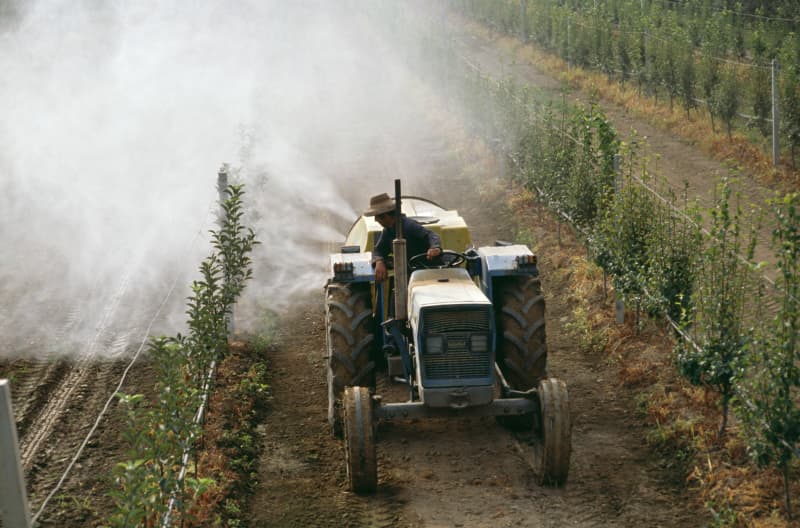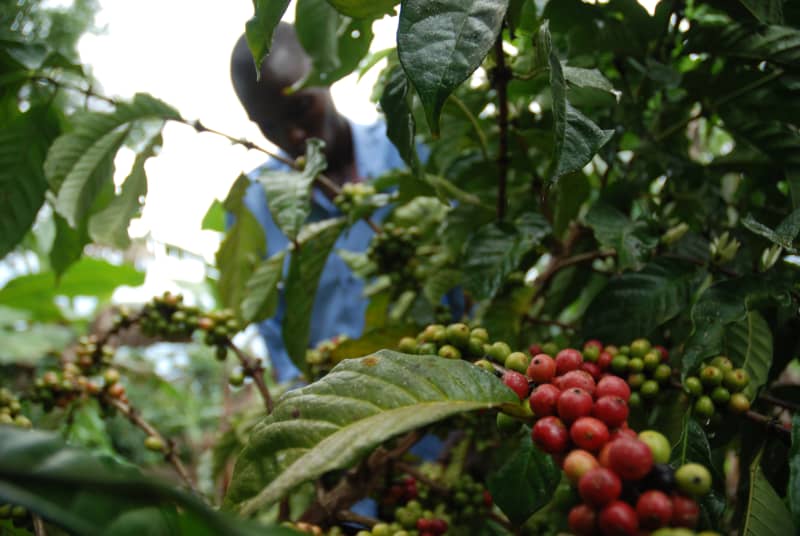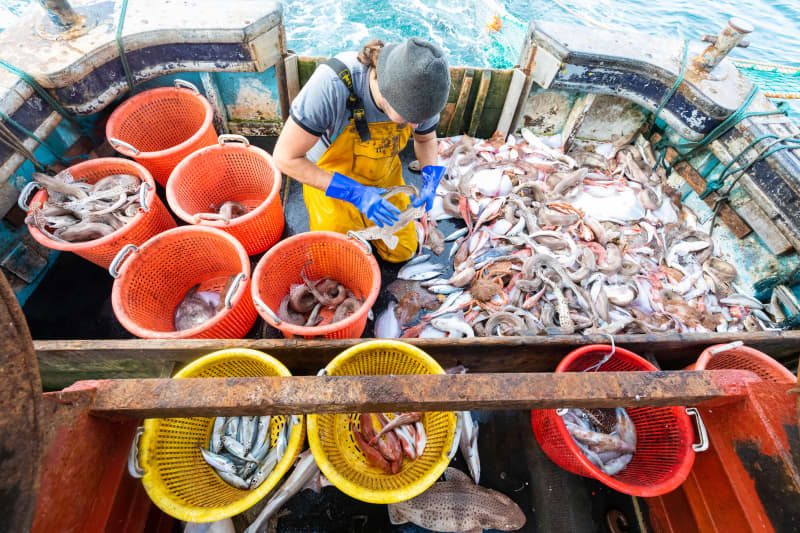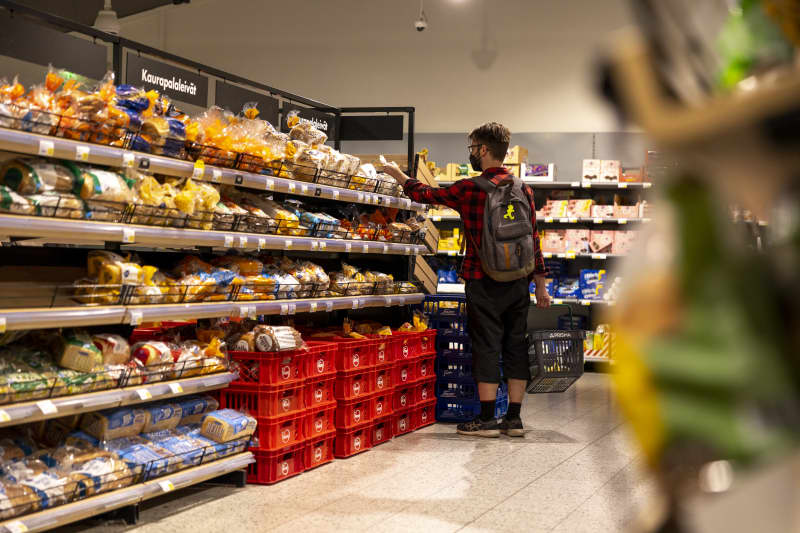
Consumers will soon be able to influence the size of their natural footprint in the same way as their carbon footprint through their own calculator. In the future, climate and environmental impacts will be measured with the same calculator.
Halting biodiversity loss requires businesses to minimise their impact on nature, i.e. their footprint.
At the Montreal Nature Conference at the end of last year, many large companies themselves called for mandatory regulation of nature impact assessments.
Without proper indicators, such regulation and evaluation is almost impossible. However, the tools to measure the environmental footprint of consumption in particular have been lacking until now.
The University of Jyväskylä has now developed a calculation model that can be used to measure the nature damage and loss of nature caused by the company.
It is one of the first methods published in the world, which can be used to calculate, for example, the environmental damage caused by a certain food.
– This allows us to see what kind of damage the company’s operations cause to nature, says El Geneidy.
It is the same type of calculation method that is used when talking about climate harm, when calculating the carbon footprint of a product, company or even an individual. Along with climate change, deforestation is one of the biggest global sustainability challenges.

It is a global metric that looks at the entire world’s species by ecosystem type.
– We can see in which part of the world, for example, Finnish consumption causes the greatest increase in the risk of extinction, or compare the amount of species loss caused by Finnish consumption, which affects, say, Finland, Indonesia or Brazil, says El Geneidy.
If Brazil and Finland use the same area for agriculture, it is likely that in Brazil there will be a greater risk of extinction due to the greater diversity and density of species in nature.
Although the species and their populations are local, according to El Geneidy, nature must also be understood globally. Globally, there is only one species on Earth.
– Since we live on this one ball, we have to see how we survive as humanity. We are very dependent on the healthy nature we have around the world, says El Geneidy.

So far, it has not been possible to compare the nature damage caused by a Finnish and a Brazilian company, although their carbon footprints have been compared.
– You have to be able to compare companies with each other. I think we are getting to that point now, says El Geneidy.
Measuring one’s own carbon footprint is already commonplace for many companies and consumers. It uses the carbon dioxide equivalent as a unit. All emissions that cause climate change have therefore been converted into the same unit.
The same is now done in this new model. Professor Kotiaho talks about the nature equivalent, where all nature harm has been converted into one measurable and globally comparable unit.
The measurement method created at the University of Jyväskylä is by no means ready yet. Now the first interim report of the five-year project was presented. So there is still a lot of work ahead.
The interim report will be published in the report series of the University of Jyväskylä, but later the research will also be published as an internationally peer-reviewed scientific article.
S Group wanted to find out about its own natural footprint
After hearing about the research project of the University of Jyväskylä, the S-group wanted to participate in piloting it.
It is the first time internationally that the environmental footprint of a large trading group has been calculated. One thing is clear already at this point.
– Climate effects are very relevant to products in the same categories as natural footprint effects, says Elomaa.
For example, in the case of beef, about one-third of the natural footprint comes from the climate effect and about two-thirds from land use. In the case of rice, about half comes from the climate effect.
In the future, perhaps only one calculation method is needed, through which both climate and natural effects can be found out, experts estimate.
When the databases required by the method become more detailed, it will be possible to more precisely compare, for example, the nature damage caused by plant proteins and animal proteins.
Better knowledge of the natural footprint is a prerequisite for being able to consider ways to reduce the natural footprint.
– We hope to get key figures and values \u200b\u200bfrom the calculation, on the basis of which we can set concrete goals. It can apply, for example, to the regions or countries where the products come from, if there are alternative sources of supply for them, or if certain farming or production methods are used, could the impact be reduced by changing them, says Elomaa.
According to Elomaa, domestic production chains are easier to change than long, multi-step foreign chains.
The largest part of the S Group’s environmental footprint is made up of foodstuffs and fuels. The majority of the nature footprint is directed outside the borders of Finland, 90 percent to the rest of the world and only 10 percent to Finland.
In general, the nature damage caused by food can be seen from these columns, from which you can see that many food groups cause the most nature damage specifically to marine ecosystems.
An ordinary shop-goer can’t get much out of the new calculation model yet. Elomaa hopes that in the future the customer will be able to monitor and influence the size of their environmental footprint in the same way as they currently do their carbon footprint, for example with the S-mobile counter.
– How many people agonize over the fact that there are 10 meters of store shelves here, and would like to do something that would be a little better not only for myself but also for the world, but they don’t know how, he says.
In the store, the layout of the products, the selection and the labeling of the products can in the future also take into account their footprint on both the climate and nature.
– When it comes to labeling, this matter must become mainstream so that products can be compared, says Elomaa.

Nature risk applies to all businesses in all sectors
According to Miettinen, the need for such a set of indicators is huge, because natural risk affects all companies in all industries.
During the last few years, we and the world have come to understand that the loss of nature is an existential threat to us, our economy and our well-being, similar to climate change.
– That’s why this is something we have to take over quickly. If we don’t have a numerical value for something, then what do we do? What we cannot measure, we cannot control, says Miettinen.
Miettinen tells, for example, how the disruption of the ecosystem on the other side of the world can break the critical value chain of any company, and then you can no longer get the material or raw material you depend on.
– Another question is whether customers will soon buy the products of a company whose operations do not take into account the reduction of environmental damage, whether financiers will finance my activities if I do not take this over, he lists.
According to him, these issues will be on the desks not only of corporate responsibility people, but also of corporate management teams very quickly.
According to Miettinen, it is often said that calculating the nature footprint is difficult and whether it is even possible. Miettinen estimates that the world will have a unified standardized measurement method for measuring the nature footprint in 3-5 years.
– This can be done. We have reason for national pride that we are developing one of the world’s best natural footprint calculation methods.
Sitra and the University of Jyväskylä are also developing a nature footprint calculator intended for consumers alongside the already existing carbon footprint lifestyle test.
